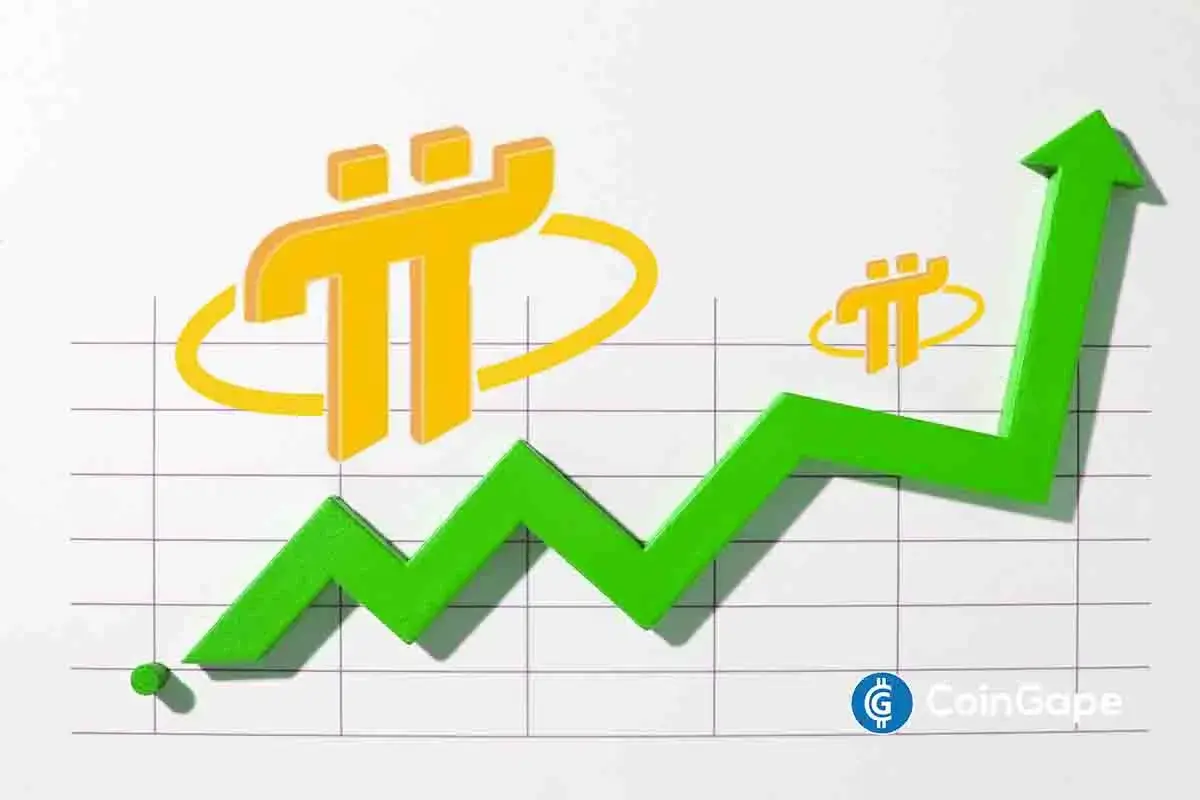Market
Solana Price Rally Faces Risk as Bearish Momentum Builds
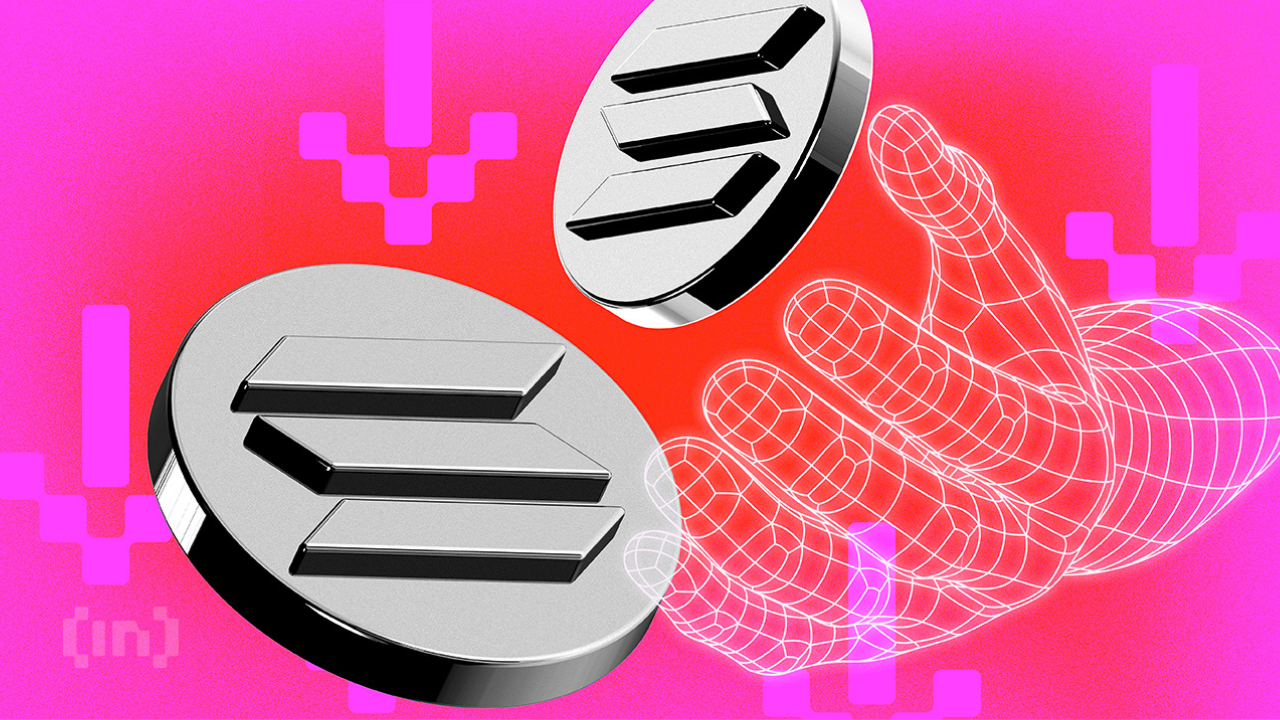
Solana has posted a 7% increase in the past 24 hours, aligning with the broader market’s recovery. While this surge may appear promising, technical and on-chain data suggest that the coin could face significant resistance.
Despite the recent rally, SOL risks shedding these gains and could fall below the $100 mark if bearish pressures dominate.
Solana’s Price Surge Lacks Momentum
While impressive, SOL’s current rally largely reflects the broader market trend rather than demand for the altcoin. The bearish divergence formed by its Chaikin Money Flow (CMF) shows this.
At press time, SOL’s CMF is below the zero line at -0.09, indicating a lack of buying momentum among SOL market participants.
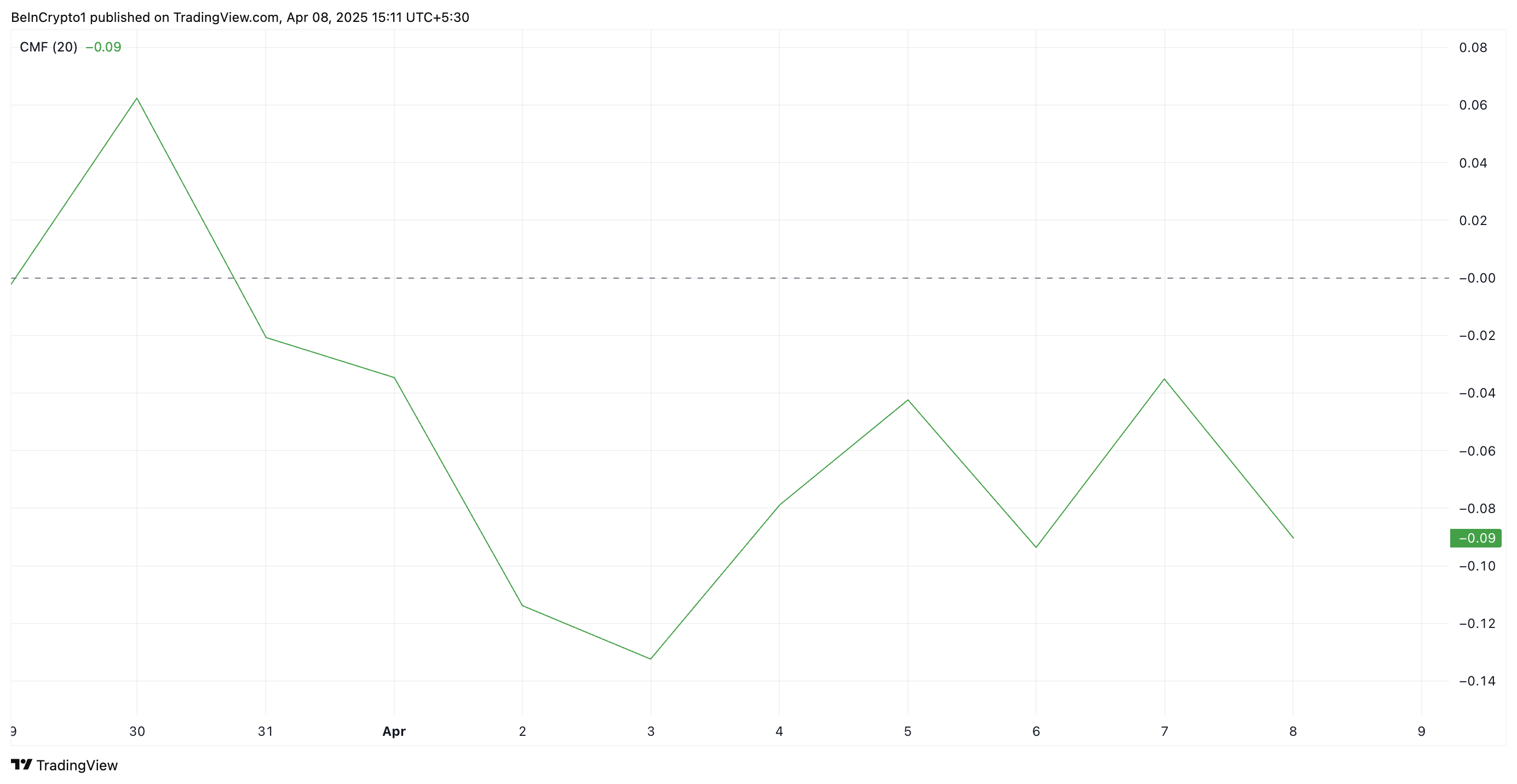
The CMF indicator measures money flow into and out of an asset. A bearish divergence emerges when the CMF is negative while the price is climbing. The divergence signals that despite the upward movement, there is more selling pressure than buying interest, suggesting weak bullish momentum.
This indicates that SOL’s current price rally may lack sustainability and could be at risk of reversing or stalling as new demand remains scarce.
Further, the coin’s long/short ratio highlights that its market participants lean more heavily toward the short side. At press time, this stands at 0.97.

The long/short ratio measures the balance between long positions (betting on price increases) and short positions (betting on price decreases) in the market. When the ratio is below zero like this, it indicates that there are more short positions than long positions.
This suggests that bearish sentiment remains dominant in the SOL market, and its futures traders are anticipating a decline in the asset’s price.
Solana in Crucial Zone: Will $95 Hold or Lead to a Steeper Decline?
During Monday’s intraday trading session, SOL plummeted to a 12-month low of $95.26. Although it has since rebounded to trade at $108.77 at press time, the lingering bearish bias leaves the coin at risk of shedding these gains.
If SOL witnesses a pullback, it could break below the support at $107.88. If it falls back below $100, the coin’s price could fall toward $79.
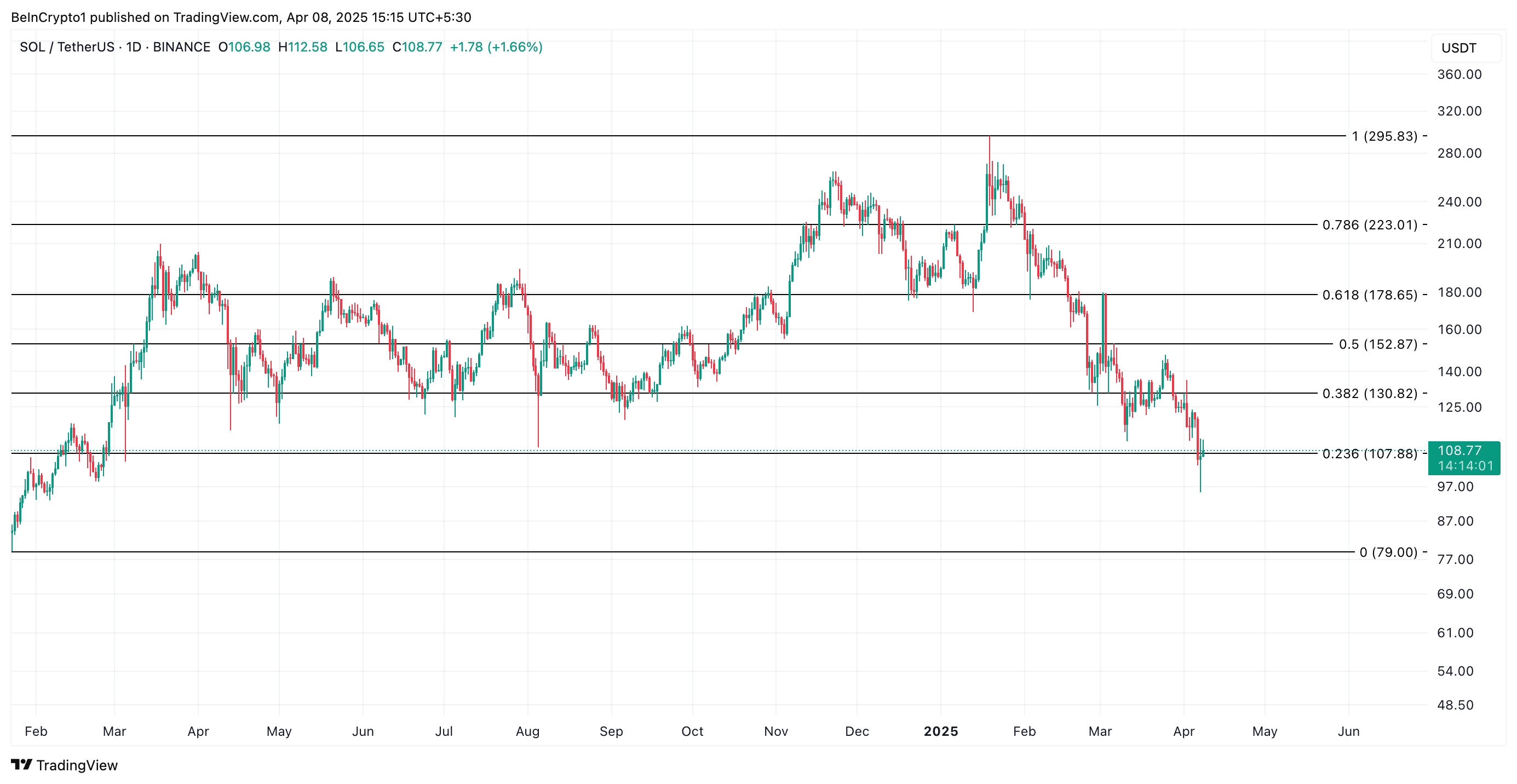
On the other hand, if the uptrend continues, backed by a surge in new demand, SOL’s price could breach the resistance at $111.06 and climb toward $130.82.
Disclaimer
In line with the Trust Project guidelines, this price analysis article is for informational purposes only and should not be considered financial or investment advice. BeInCrypto is committed to accurate, unbiased reporting, but market conditions are subject to change without notice. Always conduct your own research and consult with a professional before making any financial decisions. Please note that our Terms and Conditions, Privacy Policy, and Disclaimers have been updated.
Market
Cardano (ADA) Price Flat as Bulls Stay on Sidelines

Cardano (ADA) has been trading below the $0.70 mark since March 29, struggling to regain bullish momentum. Despite brief signs of strength, recent indicators now point to weakening trend conditions.
Both the BBTrend and ADX show fading buying pressure, while EMA alignment remains bearish. With price stuck between key support and resistance levels, ADA’s next move could define its short-term direction.
Cardano BBTrend Turns Negative, Signaling Momentum Reversal
Cardano’s BBTrend has flipped negative, currently sitting at -0.78 after spending the last five days in positive territory. The indicator reached a peak of 9.76 on April 14, signaling strong bullish momentum at the time.
BBTrend, short for Bollinger Band Trend, measures the strength and direction of a price move relative to its Bollinger Bands.
Positive values typically indicate bullish trends, while negative values point to bearish conditions or weakening momentum.

The shift to -0.78 suggests that Cardano’s recent uptrend has lost strength and may be reversing. A negative BBTrend reading means the price is now moving closer to the lower band, often a sign of rising selling pressure.
While it doesn’t confirm a strong downtrend yet, this reversal could indicate the beginning of a broader consolidation or bearish phase unless momentum quickly recovers.
Traders may want to watch closely for follow-through or a bounce to assess ADA’s short-term direction.
Cardano Momentum Fades as ADX Crashes and Selling Pressure Rises
Cardano’s DMI chart shows a sharp drop in trend strength, with its ADX falling to 15.12 from 28.34 just two days ago.
The ADX (Average Directional Index) measures trend intensity—readings above 25 suggest a strong trend, while values below 20 indicate a weak or consolidating market.
The steep decline in the ADX signals that the momentum behind Cardano’s recent move is quickly fading.

At the same time, the +DI (bullish directional indicator) has dropped from 22.61 to 17.39, showing weakening buying pressure. Meanwhile, the -DI (bearish indicator) has risen from 10.5 to 14.95, pointing to a gradual increase in selling strength.
With both the ADX and +DI falling, and -DI climbing, the setup hints at a potential shift in favor of the bears.
Unless bullish momentum returns quickly, Cardano could enter a period of sideways movement or even a short-term downtrend.
Bearish Structure Still Dominates Cardano
Cardano’s EMA lines remain bearish, with short-term averages still positioned below the long-term ones—indicating that downward momentum is intact.
Cardano price is holding above a key support zone near $0.594, but if this level fails, it could trigger a deeper drop toward $0.511. This would confirm a continuation of the downtrend and reflect growing selling pressure.
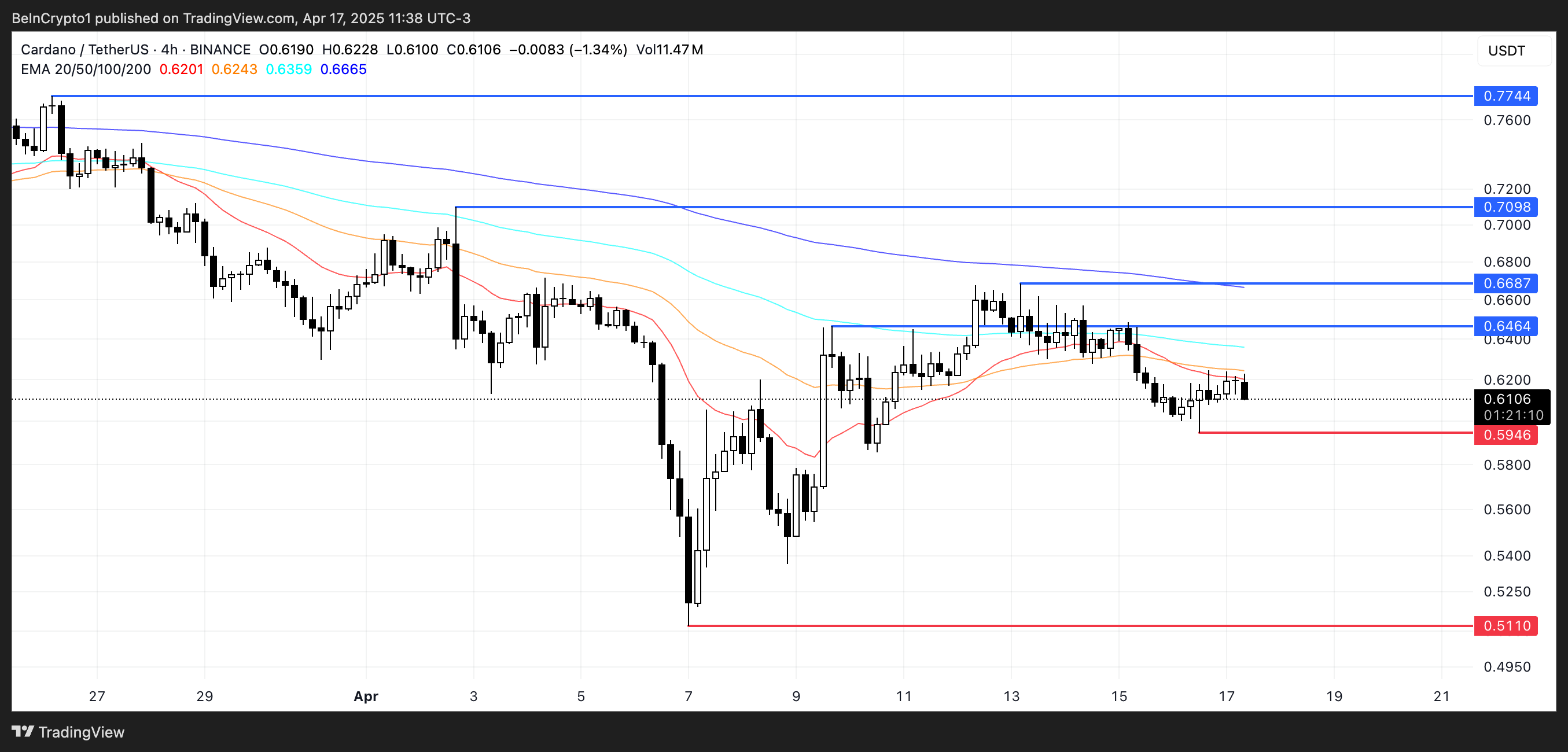
However, if ADA manages to reverse its current momentum, the first major resistance lies at $0.64. A breakout above that level could open the door to further gains, with potential targets at $0.66 and $0.70.
If the uptrend strengthens, ADA could even rally toward $0.77, marking a more decisive recovery and trend shift.
Disclaimer
In line with the Trust Project guidelines, this price analysis article is for informational purposes only and should not be considered financial or investment advice. BeInCrypto is committed to accurate, unbiased reporting, but market conditions are subject to change without notice. Always conduct your own research and consult with a professional before making any financial decisions. Please note that our Terms and Conditions, Privacy Policy, and Disclaimers have been updated.
Market
Bitcoin (BTC) Stays Flat as Whales Reduce Market Exposure
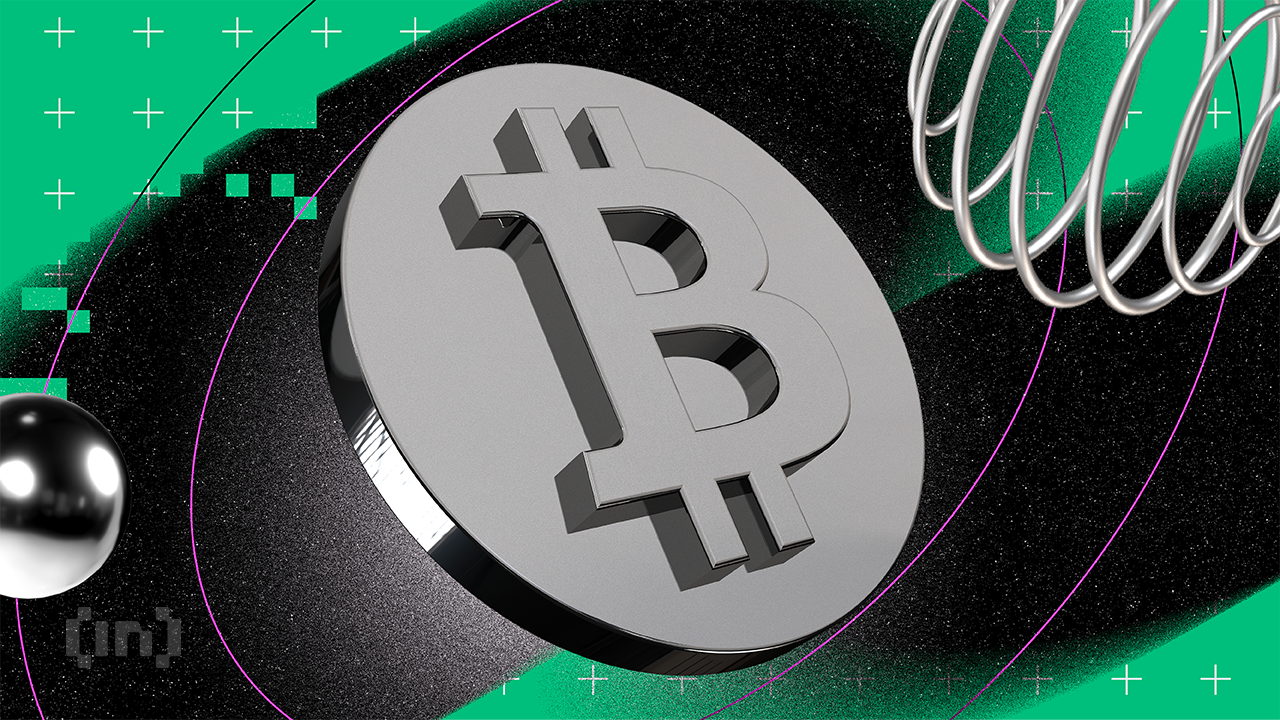
Bitcoin (BTC) has been trading in a tight range between $83,000 and $86,000 over the past five days, showing signs of indecision in both price action and momentum indicators.
While the number of whale wallets has started to decline, on-chain data still reflects elevated interest from large holders. Technically, BTC remains in a consolidation phase, with weak EMA signals and mixed Ichimoku readings.
Bitcoin Whales Pull Back: Early Sign of Fading Confidence?
The number of Bitcoin whales—wallets holding between 1,000 and 10,000 BTC—has declined slightly in recent days, dropping from 2,015 on April 14 to 2,010 by April 16.
This pullback comes just after the metric hit its highest level since May 2024, suggesting a potential shift in sentiment among large holders.
While the drop may seem small, movements in whale behavior often precede broader market trends, making even slight changes worth watching.
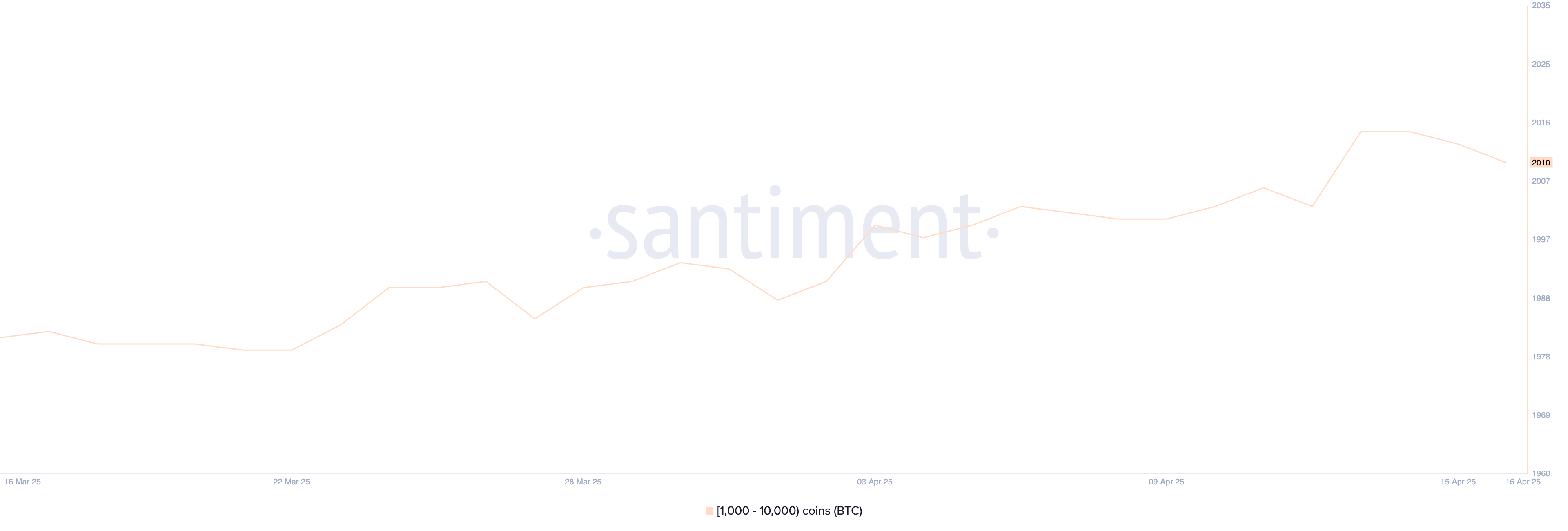
Whale activity is a key on-chain signal because these large holders can significantly influence market liquidity and price direction.
An increase in whale wallets often reflects accumulation and long-term confidence, while a decline may suggest strategic profit-taking or risk-off behavior.
The recent dip from the local peak could indicate that some whales are trimming exposure as market uncertainty rises. If the number continues to fall, it may signal weakening institutional conviction, potentially putting short-term pressure on Bitcoin’s price.
Bitcoin Stalls Near Ichimoku Pivot as Momentum Fades
The Ichimoku Cloud chart for Bitcoin shows a period of consolidation, with the price currently trading near the flat Tenkan-sen (blue line) and Kijun-sen (red line).
This alignment suggests a lack of short-term momentum, as both lines are moving sideways, indicating equilibrium between buyers and sellers.
The Kumo (cloud) ahead is bullish, with the Senkou Span A (green cloud boundary) above the Senkou Span B (red cloud boundary), but the distance between them is relatively narrow.
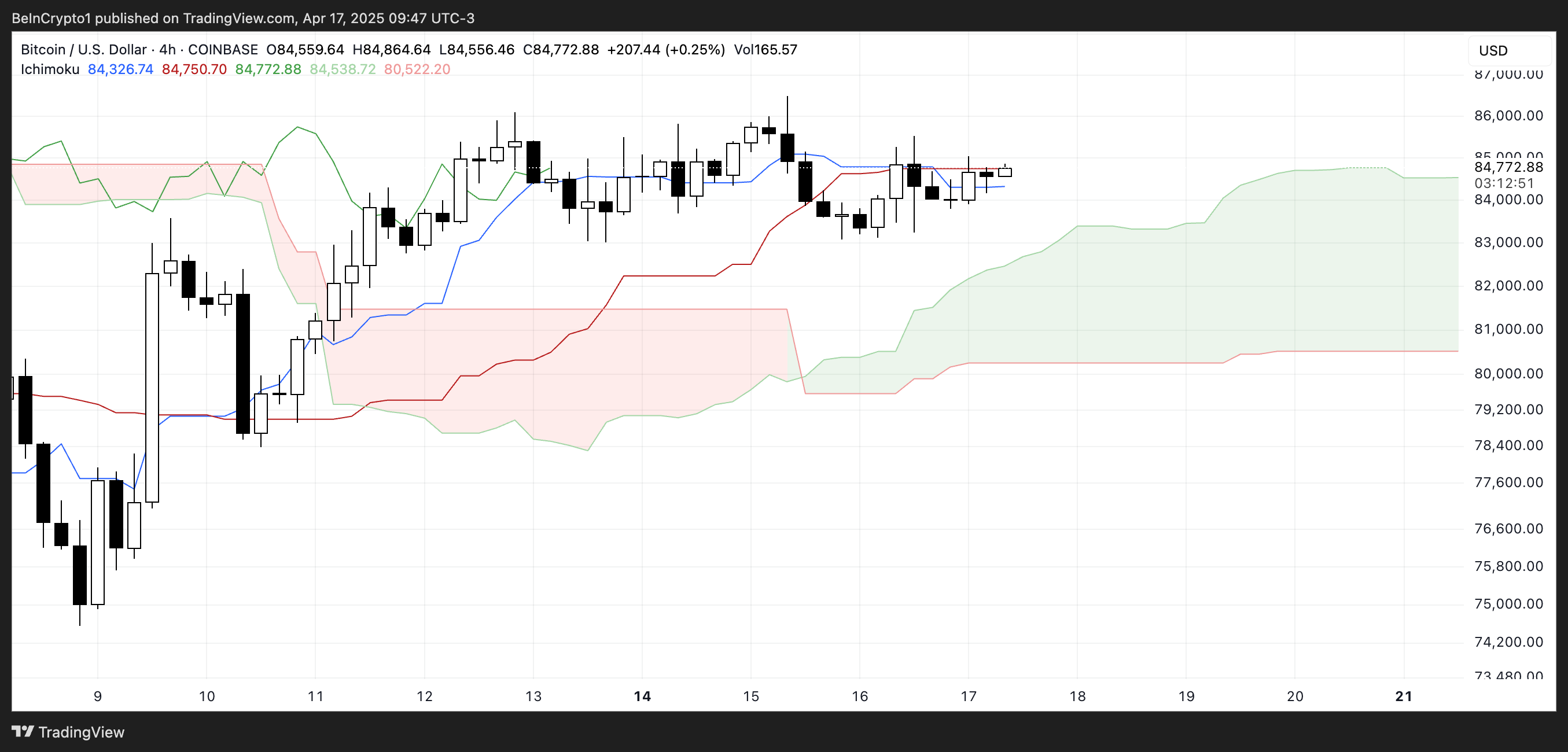
This hints at weak bullish momentum for now. The price is sitting just above the cloud, which is a positive sign, but without a clear breakout above the Tenkan-sen and recent highs, the trend remains indecisive.
Chikou Span (lagging line) is overlapping with recent candles, reinforcing the sideways movement.
Overall, Bitcoin is hovering in a neutral-to-slightly-bullish zone, but it needs a stronger push to confirm a clear trend direction.
Bitcoin Struggles for Direction as Key Levels Loom
Bitcoin’s EMA lines are currently flat, indicating a weak and uncertain trend. The price action shows hesitation, with bulls and bears lacking conviction.
If the support level at $83,583 is tested and fails to hold, the market could enter a sharper correction, targeting the next support at $81,177.
A break below that could push Bitcoin price under the psychological $80,000 level once again, with $79,890 as the next possible downside target.
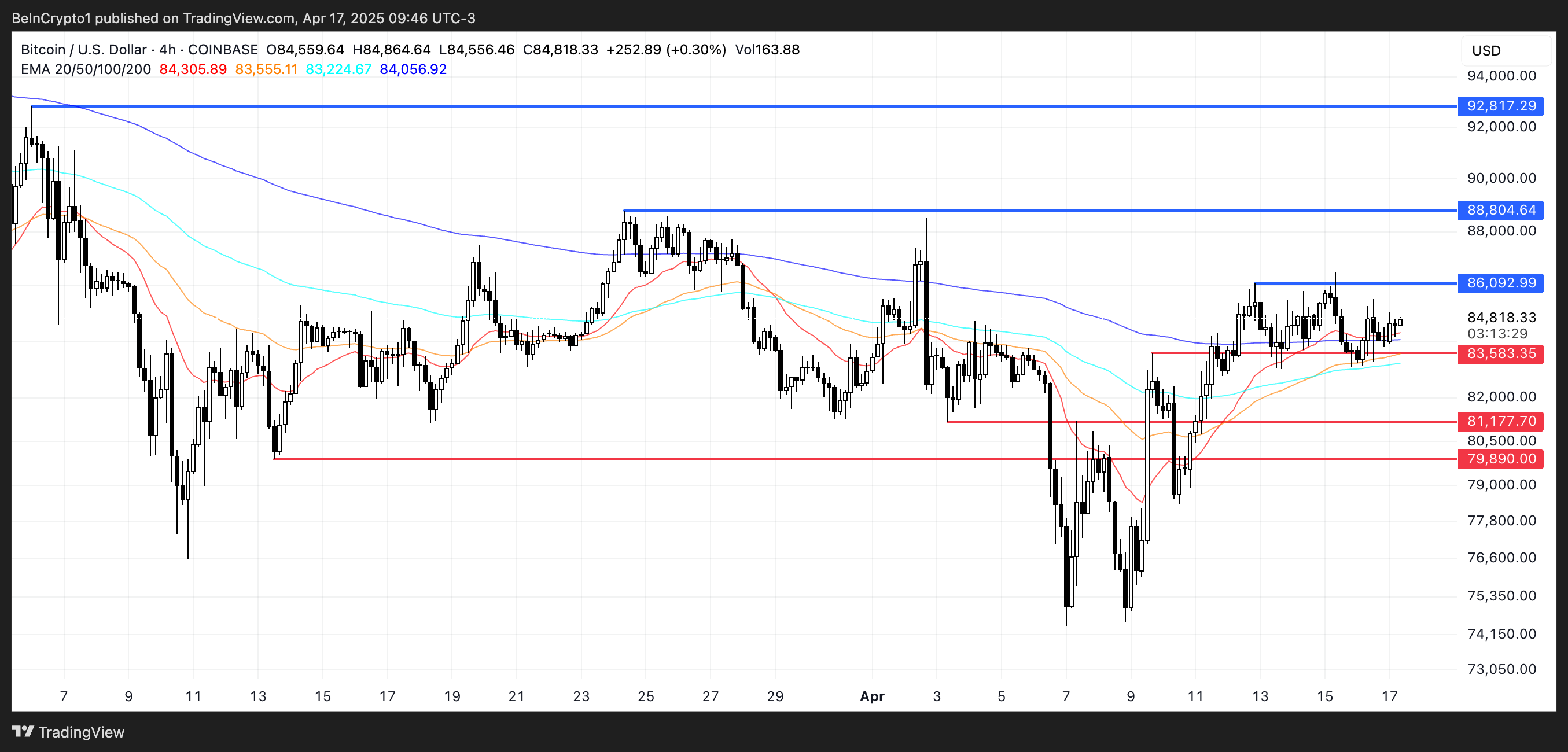
However, if bulls manage to regain control, Bitcoin could shift toward recovery. The first key resistance lies at $86,092—breaking this level would suggest renewed upward momentum.
From there, the next upside targets would be $88,804 and, if the trend strengthens further, $92,817.
Reaching this level would mean breaking above the $90,000 mark for the first time since March 7, potentially sparking renewed interest from both retail and institutional investors.
Disclaimer
In line with the Trust Project guidelines, this price analysis article is for informational purposes only and should not be considered financial or investment advice. BeInCrypto is committed to accurate, unbiased reporting, but market conditions are subject to change without notice. Always conduct your own research and consult with a professional before making any financial decisions. Please note that our Terms and Conditions, Privacy Policy, and Disclaimers have been updated.
Market
Crypto Casino Founder Charged With Fraud in New York
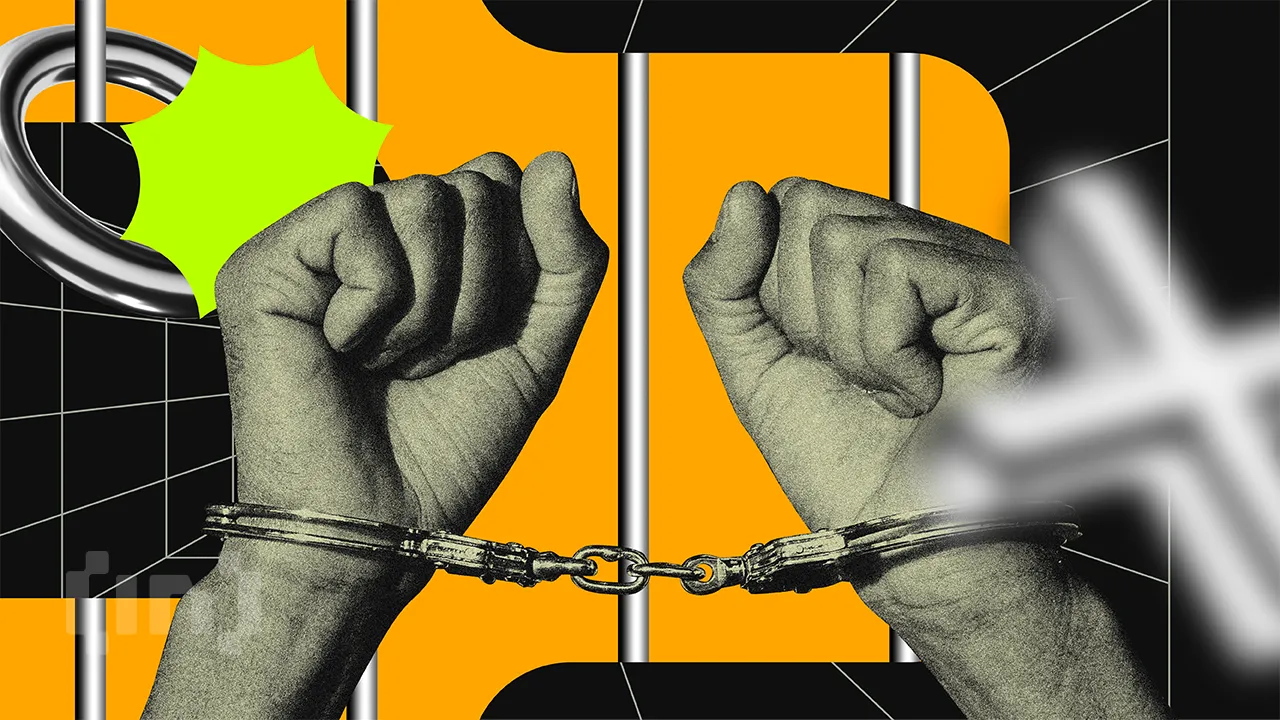
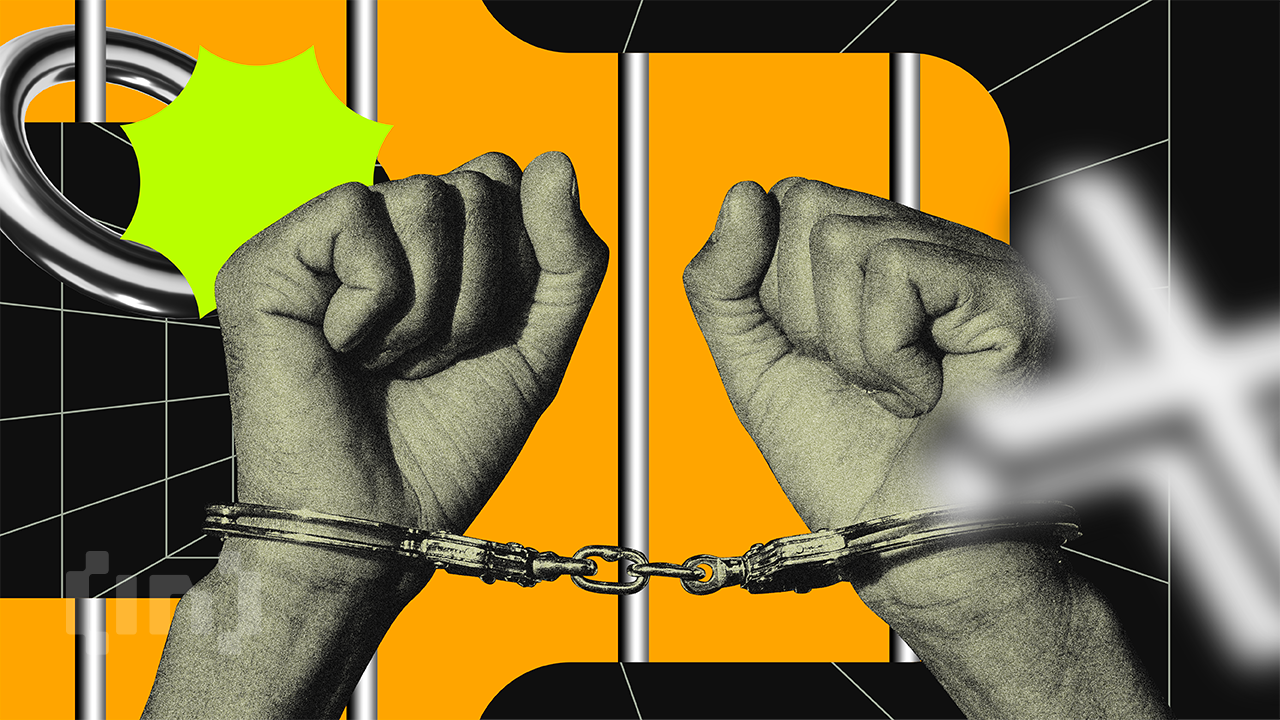
Richard Kim, founder of Zero Edge, a defunct “crypto casino,” was arrested and subsequently released on bail in a federal securities fraud case. After an arrest on Tuesday, Kim posted a $250,000 bond using $100,000 in cash as collateral.
Before Zero Edge, Kim had an esteemed career at major institutes like JP Morgan and Goldman Sachs. The Southern District of New York (SDNY) is hearing this case.
How Richard Kim’s Crypto Casino Collapsed
Before everything fell apart, Richard Kim was ostensibly a successful crypto entrepreneur. A former executive at Galaxy Digital, an attorney, and an elite trader, he left in March 2024 to found Zero Edge.
This “crypto casino” would bring classical gambling onto the blockchain, according to a recent court document:
“In particular, Kim represented to prospective investors that Zero Edge would ‘develop a number of onchain games,’ beginning with craps, and operate both a ‘free to play / social casino version of the game’ in which players could win virtual currency, as well as a real money version of the game. KIM wrote that he would serve as the ‘chief architect’ of the company,” it read.
Kim leveraged his former connections, including those at Galaxy, to raise over $7 million in seed funding. However, Kim’s casino never opened.
According to his public statements, Kim initially lost $80,000 to a phishing scam and blew through $3.8 million by chasing losses in “high-risk leveraged crypto trades.” This happened within a week of his initial funding round.
From there, he misled investors for months before finally coming clean last June, describing himself as a gambling addict. Several of the casino’s investors, including Galaxy, filed complaints that progressed to federal charges this week.
The FBI arrested Kim on charges of wire fraud and securities fraud, and he is being tried in the Southern District of New York (SDNY).
In the grand scheme of things, Kim’s aborted attempt to open a digital casino is on the smaller end of crypto crimes. Nonetheless, it’s important that the federal government actually seeks to prosecute him.
For example, the Department of Justice recently shut down its Crypto Enforcement Team and stopped investigating tumblers and exchanges. “Crime is legal now” is a growing refrain in the community, as regulators are halting all enforcement.
Even the SDNY, which is handling Kim’s casino case, claimed it would end crypto prosecutions.
This may be a small win for justice, but fresh crypto cases are being tried. Kim is currently out on bail, but he still faces repercussions for his failed casino. Whatever happens, its results will be an important data point for US crypto enforcement.
Disclaimer
In adherence to the Trust Project guidelines, BeInCrypto is committed to unbiased, transparent reporting. This news article aims to provide accurate, timely information. However, readers are advised to verify facts independently and consult with a professional before making any decisions based on this content. Please note that our Terms and Conditions, Privacy Policy, and Disclaimers have been updated.
-

 Market21 hours ago
Market21 hours agoCrypto Market Lost $633 Billion in Q1 2025, CoinGecko Finds
-

 Ethereum23 hours ago
Ethereum23 hours agoOver 1.9M Ethereum Positioned Between $1,457 And $1,598 – Can Bulls Hold Support?
-

 Bitcoin22 hours ago
Bitcoin22 hours agoETF Issuers Bring Stability to Bitcoin Despite Tariff Chaos
-

 Market22 hours ago
Market22 hours agoBase Meme Coin Wipes $15 Million After Official Promotion
-

 Market20 hours ago
Market20 hours agoPEPE Price To Bounce 796% To New All-Time Highs In 2025? Here’s What The Chart Says
-

 Market24 hours ago
Market24 hours agoBitcoin and Ethereum Now Accepted by Panama City Government
-

 Market23 hours ago
Market23 hours agoHere’s What Happens If The XRP Price Closes Out This Week Above $2.25
-

 Ethereum15 hours ago
Ethereum15 hours ago77K Ethereum Moved to Derivatives—Is Another Price Crash Looming?








